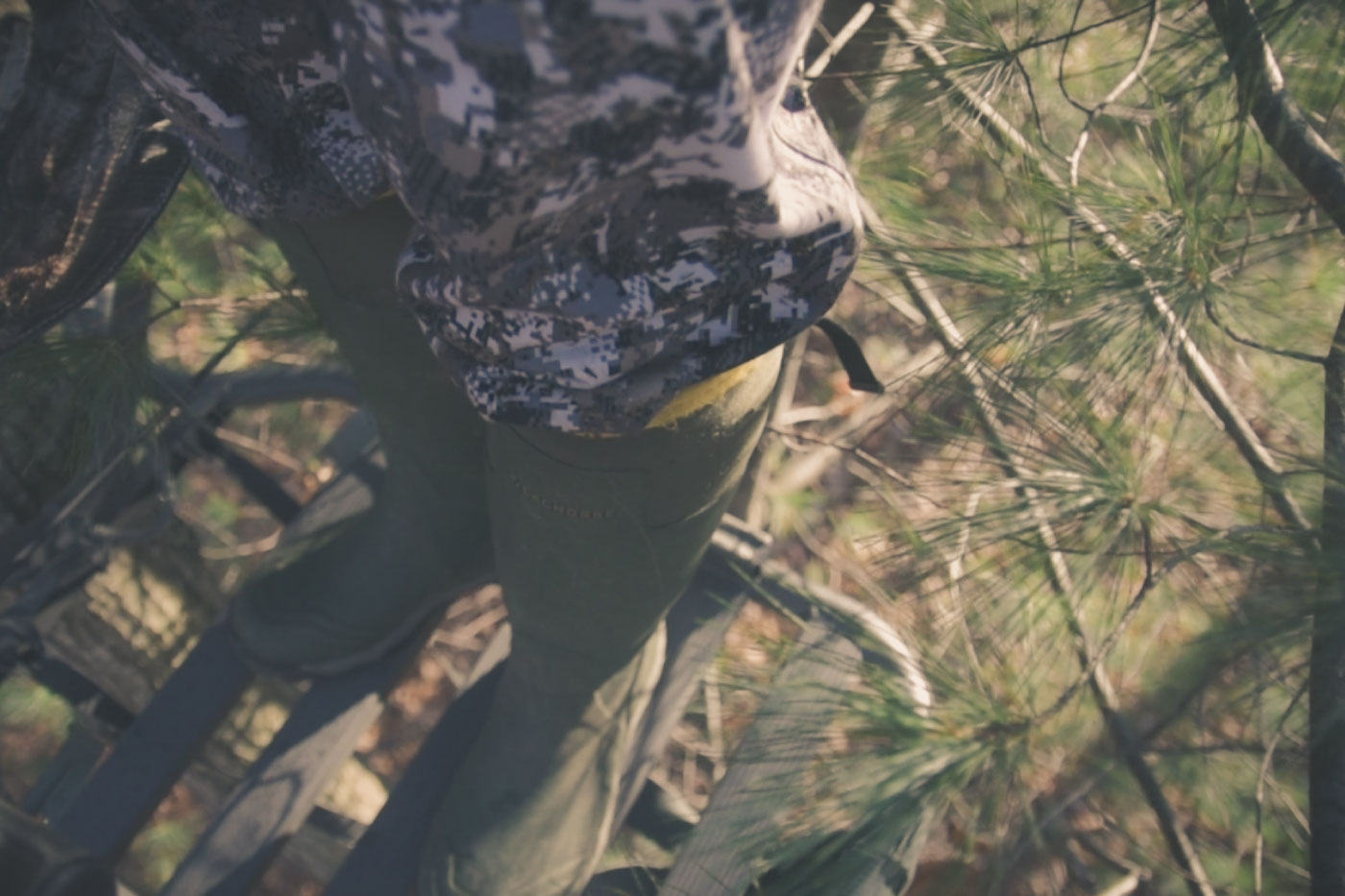Home » News » 3 Suburban Hunting Mistakes No One Can Afford to Make
3 Suburban Hunting Mistakes No One Can Afford to Make

A.J. DeRosa founded Project Upland in 2014 as an excuse…
An old sign can be a good sign.
Like any deer, suburban deer live as habitual lives as possible. Unlike other deer, suburban deer are subject to a wide array of unpredictable human interference that can make their habits look more like chaos than a pattern. As suburban deer hunters, we often find ourselves frustrated. Areas full of signs suddenly go cold. Many of us feel tempted in that scenario to call this whole suburban hunting mecca a lost cause.
What we don’t often realize is that whitetails continue to want a normal life even when their attempts at habit are interrupted. Human interruptions lead to what appear as random behavior. However, the deer’s desire to continue its habits remains a constant. An area with old signs could be a future hot spot.
The reason for that is because suburban deer eventually return to past locations. As the hunter, it is better to remain in the same spot than move from spot to spot in hopes that you will catch up with fortune. You might just end up one step behind.
That being said, you need to remember that suburban whitetail deer need a reason to return to a spot. If you can tell that there’s no food, bedding, route, or anything else that would make them return to a spot with old signs, chances are good that they won’t.
Don’t ignore areas that you cannot hunt.
Suburban hunters commonly make the mistake of limiting the areas they scout and gather intelligence. Because permissions to hunt already limit so many suburban hunting areas, it is important for us to reach outside our comfort zone. Check out surrounding properties. It doesn’t matter how small it is, a nearby spot may just hold an essential piece of the puzzle. And if you can’t find bedding areas or rub lines on a deer you know is there, you can redirect and get back on track.
A lot of suburban hunters say they can’t figure a deer out. If that happens, you need to take a steep back and reassess the situation. Leave the camouflage and the weapon at home and go out and scout the small patches of woods you ignored. Backyards hold keys. The small pieces around your hunting spot can go a long way in figuring a suburban deer out. As a result, the way you hunt properties you do have permission for will change. Just don’t forget about the local trespassing laws.
Don’t be afraid of aggressive tactics.
Suburban hunting is just plain different from big woods hunting. One isn’t better than the other. You just have to adapt methods depending on the area you’re hunting. Many of us use much more conservative methods typically meant for rural settings. However, suburban buck hunting has taught me that some bucks can only be killed through aggressive tactics.
I don’t mean illegal tactics. I’m referring to bold moves like hanging out in a tree stand directly above a buck’s bedding area before it beds, driving a buck out into a legal hunting area, or hunting a deer hard and early in the season. Because we are subjected to so many factors in suburban deer hunting, we often find ourselves out of options before we had a chance to try.
A.J. DeRosa founded Project Upland in 2014 as an excuse to go hunting more often (and it worked). A New England native, he grew up hunting and has spent over 30 years in pursuit of big and small game species across three continents. He started collecting guns on his 18th birthday and eventually found his passion for side-by-side shotguns, inspiring him to travel the world to meet the people and places from which they come. Looking to turn his passion into inspiration for others, AJ was first published in 2004 and went on to write his first book The Urban Deer Complex in 2014. He soon discovered a love for filmmaking, particularly the challenge of capturing ruffed grouse with a camera, which led to the award-winning Project Upland film series. AJ's love for all things wild has caused him to advocate on the federal and state levels to promote and expand conservation policy, habitat funding, and upland game bird awareness. He currently serves as the Strafford County New Hampshire Fish & Game Commissioner in order to give back to his community and to further the mission of the agency. When those hunting excuses are in play, you can find him wandering behind his Wirehaired Pointing Griffon in the mountains of New England and anywhere else the birds take them.




AJ< i've learned so much from your writings. And great book too!
I've been solely hunting suburban deer for the past 5 years. I'm currently on the track of a monster 11pt that eluded me last year. He seemed to bust me then disappear during daylight hours. but I think I have his number this year. Ive done my scouting, he still uses the same exits and bedding areas so its only a matter of time.
Thanks for keeping me aware of things. Great articles.
Paul
i have told people that they have a deer problem just by looking at there bushes . tall shrubs in the shape of a tornado . i tell them that the deer eat there bushes . and they reply with no your wrong they grow this way . ill post pictures of the bushes at work . the boss says there tons of rabbits in the area , because he saw there poop on the ground near the bushes
Appreciating the time and effort you put into your website and in depth information you offer. Deer hunting is always tough. Your guide certainly makes it easy for me. I am dreaming of hunting deer at least one time in life. This kind of awesome guide surely keeps me motivated. Thanks for your help!